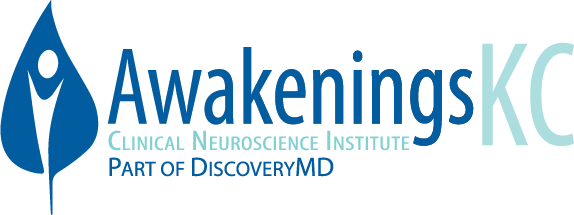TMS to help Smoking Cessation

Transcranial magnetic stimulation (TMS) given in combination with standard cognitive-behavioral therapy (CBT) improves smoking abstinence rates in the short term compared with CBT plus sham TMS, results from a pilot study show.
Andreas Fallgatter, MD, professor and head of psychiatry, University of Tübingen, in Germany, and colleagues found that after 3 months, abstinence rates approached 50% following four sessions of intermittent theta burst stimulation (iTBS) plus CBT compared with about 30% for smokers treated with CBT plus sham TMS. iTBS is a repetitive TMS protocol.
The iTBS effect was lost at 6 and at 12 months following initiation of treatment, although numerically, more patients remained abstinent at 12 months in the iTBS group than in the CBT plus sham treatment group.
“All standard smoking cessation therapies have an abstinence rate of roughly 20% at 1 year, which means that 80% of smokers who try to quit with standard therapies are smoking again at 1 year,” Dr Fallgatter told delegates attending the 12th World Congress of Biological Psychiatry.
“And since craving for cigarettes has been identified as a major risk factor for relapse, we thought that craving might be a good target for therapy.”
A total of 74 smokers were recruited and tested for nicotine dependence using the Fagerstrom Test for Nicotine Dependence.
All participants completed a 3-week group CBT session delivered in 6 semiweekly meetings. Between CBT meetings 2 and 3, a smoking quit date was established.
After that, 42 participants were randomly assigned to adjunctive iTBS administered between CBT meetings 3 to 6 and were given a total of four iTBS sessions.
The other 41 participants continued with CBT plus sham TMS.
As Dr Fallgatter noted, because craving likely perpetuates nicotine addiction, the team opted for right dorsolateral prefrontal cortex stimulation, because this area has been found to be associated with a reduction in craving.
After 3 months, 29 participants remained in the active TMS group, as did 24 patients in the sham TMS group.
General improvements in behavioral indices of temptation, smoking urges, and confidence measures were seen in both groups, but there were no differences in any of the behavioral endpoints between the patients receiving active treatment and the sham control participants.
At the end of 12 months, 19 patients remained in the active TMS group vs 11 in the sham group, “so more subjects survived in the active TMS group,” said Dr Fallgatter.
Similarly, abstinence rates were slightly higher in the active TMS group than they were in the sham TMS group.
In the sham TMS group, abstinence rates hovered around the 20% rates at 1 year, which is the rate seen with other smoking cessation therapies.
Researchers measured the prefrontal cortex with near-infrared spectroscopy (NIRS) to look for any increase in activity of the dorsolateral prefrontal cortex in response to stimulation with iTBS. NIRS is a noninvasive, easy-to-administer, and inexpensive way of measuring brain activity.
“The NIRSA measures the brain correlates of brain stimulation,” said Dr Fallgatter.
“And we found increased activity in the [actively] stimulated TMS group in the dorsolateral prefrontal cortex in response to smoking-related optical cues.”
Dr Fallgatter believes that they may have used too few TMS stimulation sessions to achieve long-lasting abstinence results.
“Thus, for the next study, we need to do some kind of booster stimulation after 6 or 12 months to maintain higher abstinence rates,” he said.
“But we believe that this noninvasive approach plus CBT is not only possible in smoking cessation but in other addiction disorders as well.”
Commenting on the findings for Medscape Medical News, Marc Potenza, MD, PhD, professor of psychiatry, child study, and neurobiology, Yale University School of Medicine, New Haven, Connecticut, said the study is preliminary and that it is important to verify the observed effects from iTBS on abstinence from smoking.
“However, the idea that researchers may use different forms of brain stimulation for therapeutic means is one that has support,” Dr Potenza said.
“Now we have to try to identify the most precise ways of improving treatment outcomes by using these devices and approaches,” he added. “But there is reason to be hopeful, even though much more work needs to be done.”
Read the article bellow by clicking the link:

